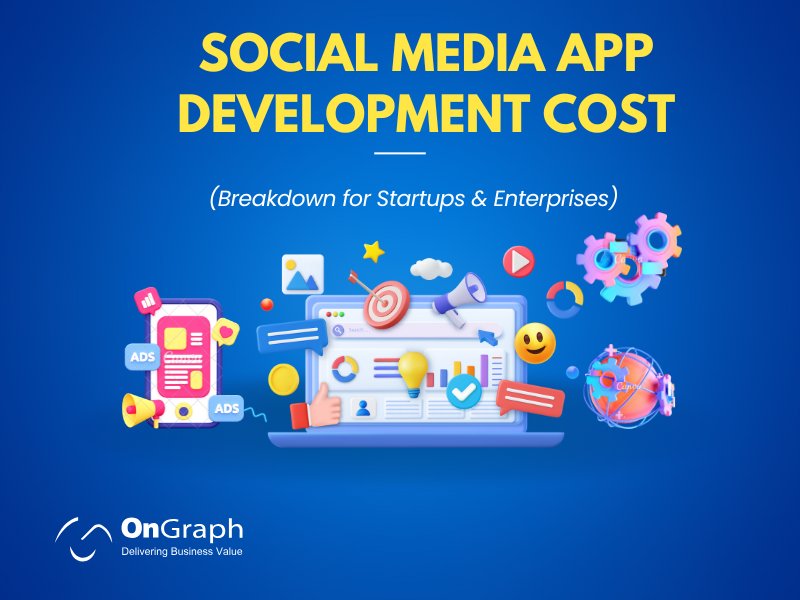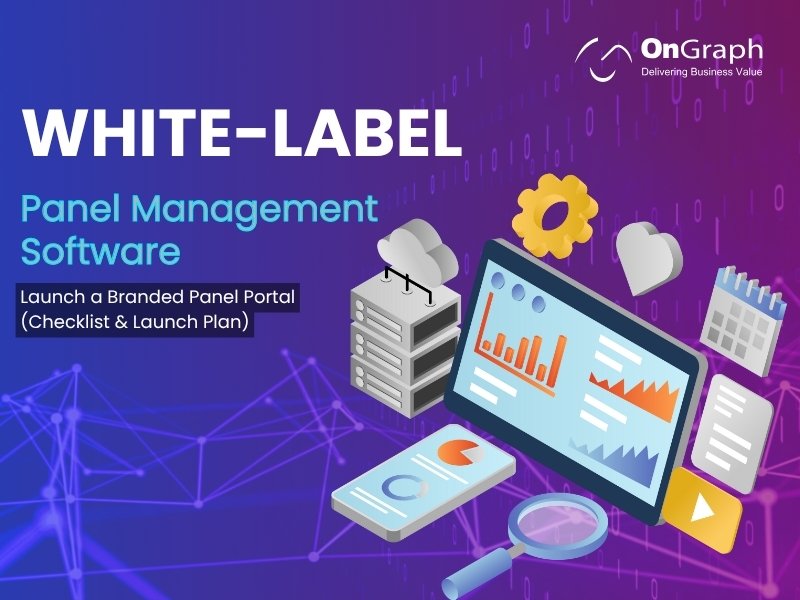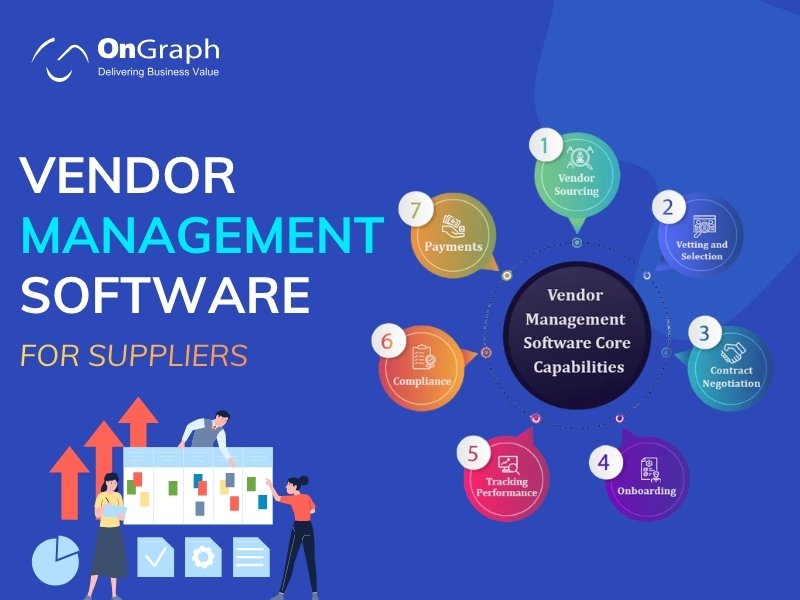In the current digital landscape, companies need to take a lot of things into account. One such decision is whether they opt for a cloud computing infrastructure or the traditional on premise application and software to function.
Let’s see who comes out on top when we go in-depth about on premise vs cloud solutions.
The Fundamental Differences
On premise computing involves deploying software, servers, and storage on-site, typically within the company’s infrastructure.
On the other hand, cloud computing or services utilize remote servers hosted on the Internet to store, manage, and process data.
The core distinction lies in ownership and management — on premise grants full control to the organization, while cloud services are managed by third-party providers.
Key Technologies Involved in Cloud Computing
Cloud computing relies on a plethora of technologies, including virtualization, which enables the creation of virtual instances of hardware, allowing multiple OS to run on a single physical machine.
Additionally, the aspect of bundling facilitates efficient deployment and management of applications across diverse computing ecosystems.
Examples of Cloud Platforms and Services
Here are some of the most prominent cloud platforms, Amazon Web Services (AWS), Microsoft Azure, and Google Cloud Platform (GCP). These platforms offer a wide array of services, including infrastructure as a service (IaaS), platform as a service (PaaS), and software as a service (SaaS), catering to diverse business needs.
Benefits of On Premise
Greater control over data storage
On premise solutions provide organizations with complete control over their data storage and ensure compliance with industry regulations and data sovereignty laws.
Complete authority
With on premise infrastructure, businesses have unrestricted authority over resources, services, and access, allowing them to be flexible and tailor their configurations to meet specific business requirements.
No lag
On premise systems offer low latency and high performance, ideal for applications requiring real-time data processing and frequent on-site modifications.
Benefits of Cloud Computing
Cost-Efficiency
Cloud computing eliminates the need for upfront hardware investments and reduces maintenance costs, this offers a more cost effective solution for businesses The process of setting up and maintenance also requires manpower for any further troubleshooting. Not to mention down the line if upgrades are required for the hardware, that cost will also be borne by the organization.
Scalability
Cloud services enable seamless scalability, allowing organizations to swiftly adjust resources based on fluctuating demands, ensuring optimal performance and cost-efficiency.
As previously mentioned along with the cost-bearing factors of upgrading on premise hardware, scalability is fairly easy when it comes to cloud services as they operate on a subscription basis and the heavy lifting is done by the third-party service providers.
Convenient and Cost-Effective Data Backup Solutions
Cloud-based backup solutions provide convenient, automated data backup and recovery processes if there is an instance of a data breach, ensuring data resilience and mitigating the risk of data loss. Providing the contingency factor. However, ensure you comprehend your provider’s backup policies before rendering their services.
Risk And Challenges Of On Premise
High Initial and Ongoing Maintenance Costs
On-premise infrastructure entails substantial upfront investments in hardware, software, and maintenance, which may strain the organization’s budget. These costs may include purchasing, hiring staff, maintaining, and much more.
Challenges in Scaling Hardware Requirements
Scaling on-premise infrastructure to accommodate growth can be challenging, requiring significant investments in additional hardware and resources. Considering how exponentially technology around us is constantly evolving, upgrading your essential hardware would be challenging.
Significant Investment Needed for Data Backup Infrastructure
Implementing robust data backup infrastructure on-premise demands substantial investments in hardware, software, and skilled personnel, increasing operational costs.
Risk And Challenges of Cloud Computing
Potential for Unauthorized Access to Data
Cloud computing poses the risk of unauthorized access to sensitive data if proper security measures, such as encryption and access controls, are not implemented diligently. That is essentially a tradeoff that an organization needs to make since it is not in-house.
Control Issues Due to Data Being Stored on Third-Party Servers
Storing data on third-party servers in the cloud raises concerns regarding data ownership, privacy, and compliance, necessitating clear contractual agreements and regulatory adherence. Organizations may find themselves often in grey areas especially when the above-mentioned factors come into play.
Possibility of Compromised Efficiency if Not Optimally Designed for Cloud
Migrating to the cloud without adequate planning and optimization can lead to inefficient resource utilization, increased costs, and performance bottlenecks. New challenges that previously may not have hampered the organization may arrive and sometimes even identifying them could take time, which ultimately affects the overall functioning of the organization.
On Premise Vs Cloud: Detailed Comparison
Let’s have a side-by-side comparison when it comes to on premise vs cloud.
Location and hosting differences between on premise vs cloud environments
On premise infrastructure is hosted within the organization’s premises, providing physical control and proximity to data. In contrast, cloud environments are hosted remotely by service providers, offering scalability, accessibility, and redundancy.
Level of control over resources and data security
On premise solutions afford organizations complete control over resources and data security, while cloud services distribute responsibility between the provider and the customer, necessitating trust and transparency.
Cost Comparison and Analysis of Physical Infrastructure Management
Comparing the costs of on premise vs cloud infrastructure involves assessing factors such as hardware expenses, maintenance, scalability, and operational overhead.
Data Storage and Computing Power Capabilities
Cloud computing offers virtually unlimited storage and computing resources, scalable on-demand, whereas on-premise solutions are limited by physical constraints and upfront investments.
Private Cloud, Hybrid Cloud, and Their Implications for Businesses
Private cloud offers dedicated resources and enhanced security, suitable for sensitive workloads, while hybrid cloud combines on premise and cloud infrastructure, providing the aspect of flexibility and optimization opportunities. This is ideally an organization that is in transition or prefers the hybrid model.
An on-premise-centric organization would still need to depend on new SaaS and cloud applications, which are often agreed upon by the IT decision-makers to ensure business targets are met.
Strategies For On Premise To Cloud Migration
The Process of Moving Digital Assets to the Cloud:
Migrating from on-premise to cloud involves careful planning, assessment, and execution, considering factors such as data migration, application compatibility, and security requirements.
Benefits such as Cost Efficiency, Easy Access, and Minimal Maintenance:
Cloud migration offers numerous benefits, including cost savings, ubiquitous access to resources, third-party service provider perks, and reduced maintenance burdens, empowering organizations to focus fully on core competencies.
Conclusion
Evaluating the Specific Needs and Requirements of Your Organization
Choosing between on premise vs cloud computing requires a thorough evaluation of the organization’s objectives, resources, scalability needs, and regulatory considerations. A lot of other contributing factors may also play a part in making this decision.
Considering the Blend of Benefits and Risks Before Choosing
Balancing the benefits and risks of on premise vs cloud solutions is essential for making informed decisions that align with the company’s long-term goals and strategic vision. Always weigh the pros and cons and choose what fits best for your organization.
The Role of Technological Solutions in Easing the Transition
Technological solutions, like AWS or OnGraph, play a pivotal role in easing the transition from on premise to cloud offering comprehensive cloud support, seamless integration, scalability, and optimization for businesses.
In conclusion, the battle on premise vs cloud computing hinges on various factors, including control, cost, scalability, and security.
By carefully assessing the specific needs and leveraging appropriate technological solutions, organizations like OnGraph can determine the best approach to drive innovation, efficiency, and growth in today’s dynamic digital landscape.
About the Author
Let’s Create Something Great Together!
Latest Blog


















